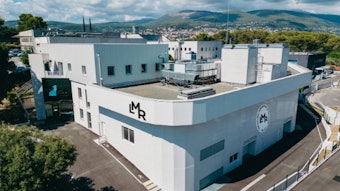In the early days of the fragrance and flavor industry, the important materials used in bulk were natural essential oils or relatively pure chemicals isolated or derived from these natural materials. As the industry grew, difficulties inherent in supplying natural products such as variable weather conditions, manipulation of markets by traders, and limited production capability caused problems and encouraged chemists to develop synthetic processes. The rapidly growing chemical industry made available a large number of cheap raw materials and practical technology for producing many important materials synthetically.
Terpenoids
Perhaps the most important example for our industry is the present-day, large-scale production of terpenoids and their derivatives such as methylheptenone, linalool and its esters, geraniol, citronellol, citronellal, hydroxycitronellal, citral, ionones, and methyl ionones. In addition, nerolidol, farnesol, phytol, and a host of formerly exotic materials are now readily available from chemical plants.
Today, the bulk of the chemicals mentioned above is produced synthetically, The essential oils which in past years were the only sources are now secondary or supplementary sources or are only used where their characteristic “natural” notes are desired. Citronella oil has been relegated to a supplementary source position for geraniol and citronella and their derivatives, while rosewood oil and lemongrass oil remain commercial materials principally for their “natural” qualities.










